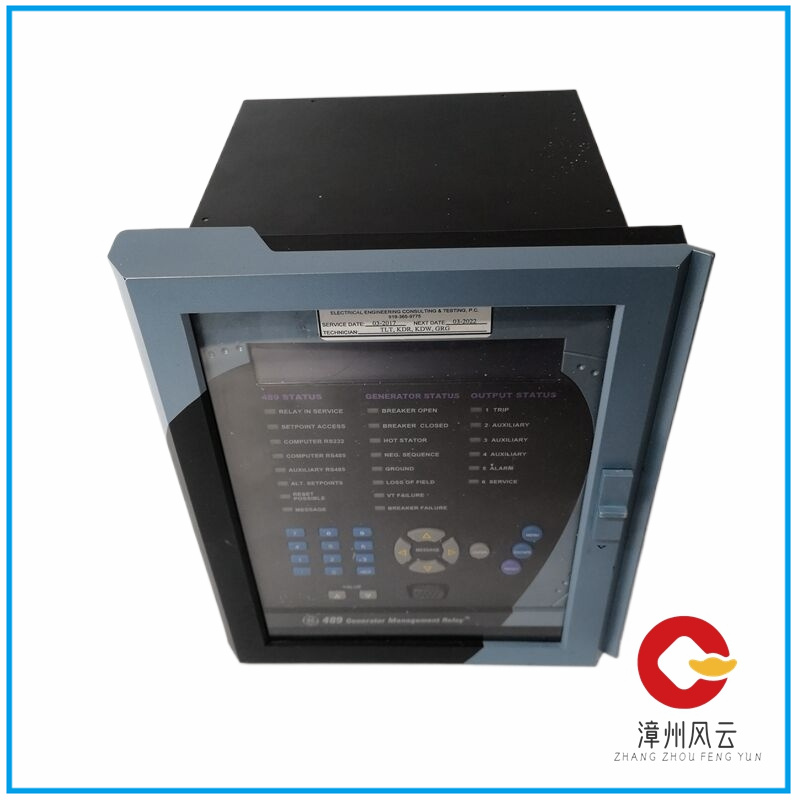In recent years, the concept of modular equipment has gradually become popular in the life sciences and broader automation industries. This trend is beneficial for production equipment debugging, but it also increases the complexity of defining a factory wide automation system.
For life science manufacturers, horizontal integration (device to device automation based on interactive interfaces) and vertical integration (device to factory automation) are usually key steps before formal production. This includes verifying the programmable logic controller (PLC) control function of workshop process equipment (such as packaging equipment) and the distributed control system (DCS) function of factory automation.

The exploration of modularity by pharmaceutical companies is increasing day by day, and the potential challenges they face are also increasing. For example, they have one company provide a factory wide distributed control system (DCS), while another company provides production equipment and corresponding automation components, and even third-party components for other equipment. Therefore, the number of programmable logic controllers (PLCs) used in factories has increased exponentially.
Some members of the life science work team have gradually realized that ordering pre standardized equipment directly is more advantageous in terms of delivery time compared to reconfiguring equipment on site. However, the pressure and difficulty of on-site process and automation integration for these standard products will be very high. So, when automation engineers choose automation components for process equipment, components with plug and play production capabilities become a better choice, just like the application logic of printers. At the same time, Rockwell Automation and its industry member organizations and companies are actively committed to stabilizing and consolidating the foundation of plug and play production technology.
The driving force behind modularity
NAMUR, headquartered in Germany, is one of the groups promoting the development of plug and play production technology. It is a user association for process industry automation technology and an international group representing automation technology users and process control technology experts. The group has over 150 member companies worldwide, and their member companies are well aware of the value of “plug and play production” modules. Specifically, it means more easily replacing specific functional on-site process equipment based on production needs, and gaining a better understanding of the working methods of factory operators, that is, using standard interfaces to process standard data.
The group is helping to develop a modular standard called the MTP Module Type Package (VDI/VDE/NAMUR 2658), which covers all aspects from data to Human Machine Interface (HMI). This standard uses the OPC Unified Architecture (UA) to describe communication, alarm, security, and other functions.
The MTP standard is written in accordance with the NE148 standard and Industry Reference Architecture Model (RAMI) 4.0, and has now developed into an IEC standard for the lifecycle of factory components. This standard basically stipulates that any design should follow the modular concept, so that components can be upgraded or replaced at any time. In addition, the MTP standard also has the following functions:
From a safety perspective, Process Equipment Components (PEA) are automated, non autonomous modular processing units composed of one or more process equipment, representing the process equipment or infrastructure that executes a process in a modular factory
The Process Orchestration Layer (POL) is a device component that spans across automation and information technology levels, used for modular system operations
MTP formally describes the interfaces and functions of automation technology in modular processing units
The working principle of MTP
The MTP file provided by the equipment supplier is the core of the MTP standard and represents the PEA interface. This file contains all the information required for POL to set up its communication, tags, services, and HMI for monitoring/controlling PEA.
In the MTP file, the automation specific XML data format (referred to as AML Automation Markup Language) specified in the international standard (IEC 62714) is used to define each device. For example, a bioreactor with built-in control and HMI system will provide an MTP file to define various available content, including the following points:
Services – Heating, stirring, pH control
Data – temperature, pressure, flow rate
Visualization – Operator graphical interface related to POL operations
Alarm